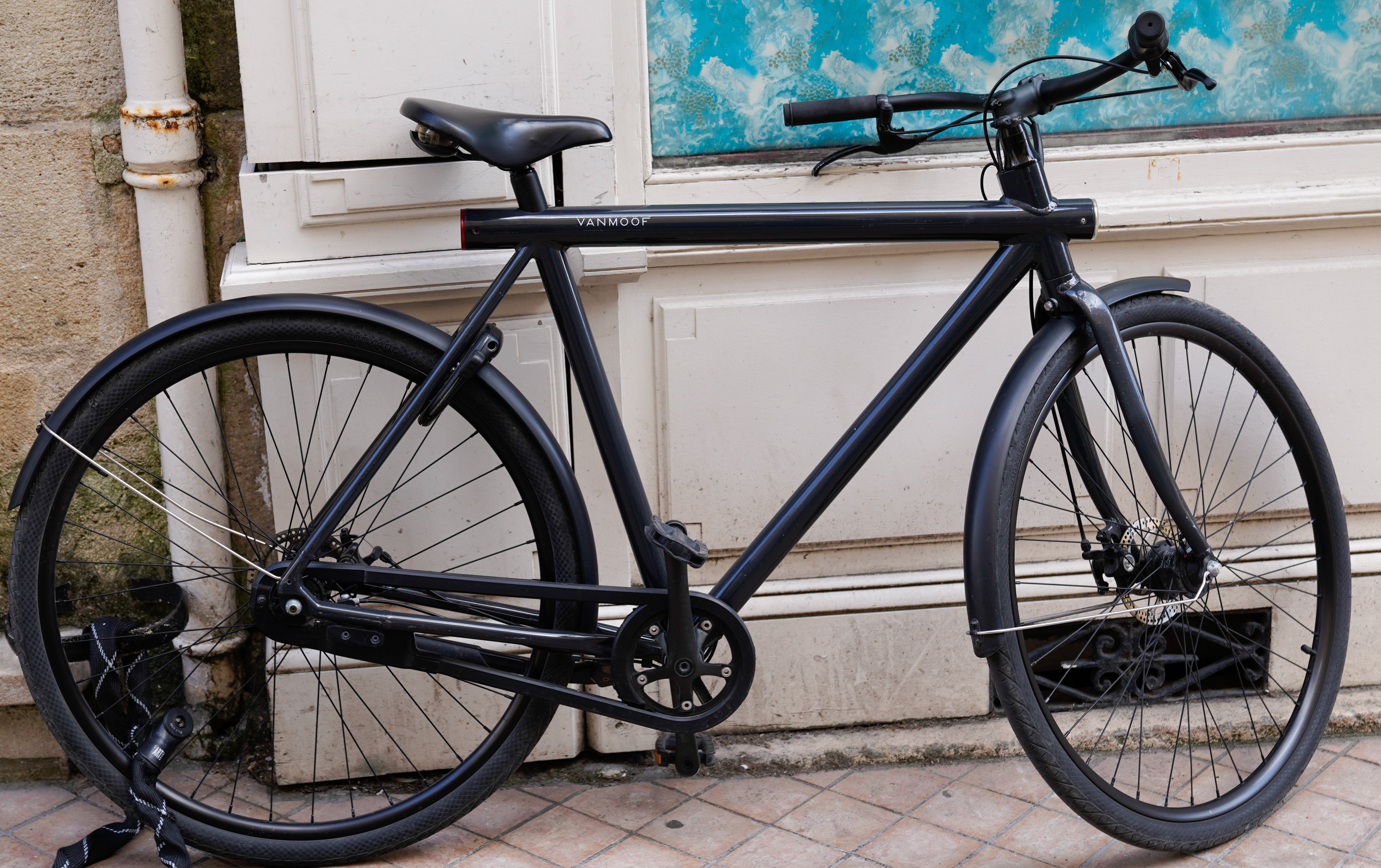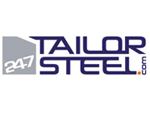How to prevent a VanMoof scenario
This week it was officially announced that VanMoof is bankrupt. The well known Amsterdam ‘cool’ E-bike manufacturer with customers from Tokyo to New York. Customers had to pay € 3,500 to be able to ride such a bike.

Unfortunately and really sad, because it is / was a great Dutch company to be proud of. According to Dutch newspaper NRC Handelsblad, "it is a disappointment for the Dutch manufacturing industry. Especially because the Helmond solar car manufacturer Lightyear, also a public favorite for a long time, also ran into problems six months ago. Both new manufacturing companies had sky-high ambitions with consumer products: Lightyear wanted to turn the car industry upside down like a new Tesla, just as VanMoof wanted to become the Apple of bicycle builders."
The newspaper article shows, among other things, that VanMoof could not handle the return flow of defective bicycles. Not even after a partnership with car repairshop KwikFit. People had to wait for weeks for the reparation of a broken bike, resulting in a lot of extremely negative online comments. Important cause for the poor customer service is the fact that production of most of the bicycle parts was in VanMoofs own hands. Although this gave a nice Apple-like look & feel, it is limited in scale and puts enormous pressure on the organization. Especially if something goes wrong. That their business model proved difficult to scale up you can tell from the limited number of bikes sold: 190,000 in 14 years. With these numbers production remains too expensive.
In addition, there were quite a few problems with the software. A VanMoof bike is not just a bicycle, but one that has a connection to a server in the cloud. Technological gadgets are beautiful and helpful, but can also cause unexpected problems. VanMoof customers will now be left with 1 pressing question: will my VanMoof bike continue to 'work' if the company's servers may soon go offline....
"The industry standards in place to test e-bikes weren’t high enough.
So we made our own standards."- VanMoof
Such a VanMoof debacle can trigger you enormously as an entrepreneur or operational manager, it seems to me. The question 'if our products, machines, components that we produce are of excellent quality' can keep you awake. Return flows with broken or non-working products, complicated repairs and recalls: it damages your image and just puts you in financial trouble or worse.
Well, not everything can been said and interpretations about the why and how will follow; but I think that the VanMoof bankruptcy can largely be traced back to poor quality of the production process. And by that I don't mean that they haven't tested their products or anything like that. On their site they even pay extensive attention to it. Under the roaring slogan: "The industry standards in place to test e-bikes weren't high enough. So we made our own standards." you can see impressive images of how a bike is subjected to all kinds of extreme tests.

Of course, all this testing is necessary. But it is also about being able to efficiently and consistently produce a large series of high-quality parts and then assemble them flawlessly into that trendy city bike. And that you have your 'supply chain' under control for parts that you purchase. And that you are able to predict the required stock levels as well. Especially if you want to keep the entire production chain more or less in your own hands, these are essential things. If all this is not in order, the costs per delivered product will remain too high, which will lead to unnecessarily bad business results. I think investors sense this shaky business model very well and it is probably because of this that the Carlier brothers did not succeed in raising additional capital in time, resulting in bankruptcy.
What can you do to prevent something like this?
It is important that you set up a scalable production model that also delivers consistently high quality products. Especially if the variation in products or parts is not too large (as with VanMoof), all efforts of you as an entrepreneur should be focused on this. After all, scalability provides economies of scale: falling costs per unit produced, higher profit / decreasing loss per product delivered. Below I list 5 starting points for predictable production process and high quality.
1. 'Design for quality'
'Design is not just 'good looks' and marketing. Problems with products can occur due to errors due to the design of a part or product. Testing designs at an early stage is therefore very important. At this point I think VanMoof had their homework done very well.
2. 'Design for assembly' - circularity
In addition, 'Design for Assembly' is crucial. Design products in such a way that assembling on the shop floor is easy. Keep in mind that the concept of circularity in economic legislation is becoming increasingly important. You should therefore also think about this in your designs: how can you design products, machines, etc. in such a way that the majority of the parts are reusable after the end of their lifespan. In line with this, it is important to design products in such a way that components are easily replaceable during the life of the product.
3. Training / (digital) work instruction
It is a well known phenomenon that an operator, no matter how well and consistently he works, at some point drops a stitch somewhere. The realization of products based on a clear work instruction with clear steps and instructions can prevent a lot of misery. Operator training and best practice reviews can significantly advance quality.
4. Measurement and testing
Digital work instructions can then be enriched with measurements and tests that operators must record. You can possibly record this in a digital product passport for analysis in a later instance. Measurements and tests can of course be compared to a standard. The sooner deviations from the standard are identified, the better it is. This prevents a lot of repair work later in the production process. Here too, stability of the production process is important; see our blog on Statistical Process Control on how to achieve that in an efficient way.
5. Monitoring / predictive maintenance / circularity
As mentioned above: manufacturers must think through the entire lifecycle of their product, including the period that the product is used until the moment of disposal / uninstallation. If possible, you prefer to know sooner than a customer whether a problem occurs or whether that will (probably) be the case soon. With Internet of Things technology you can monitor your products for performance and any defects.
Relaunching VanMoof?
VanMoof might get a restart, let's hope so for the 700 employees. I think it would be wise to focus on better scaling the production process to deliver consistently high quality at a lower cost level.
Read more on Togetr Smart Factories ?












